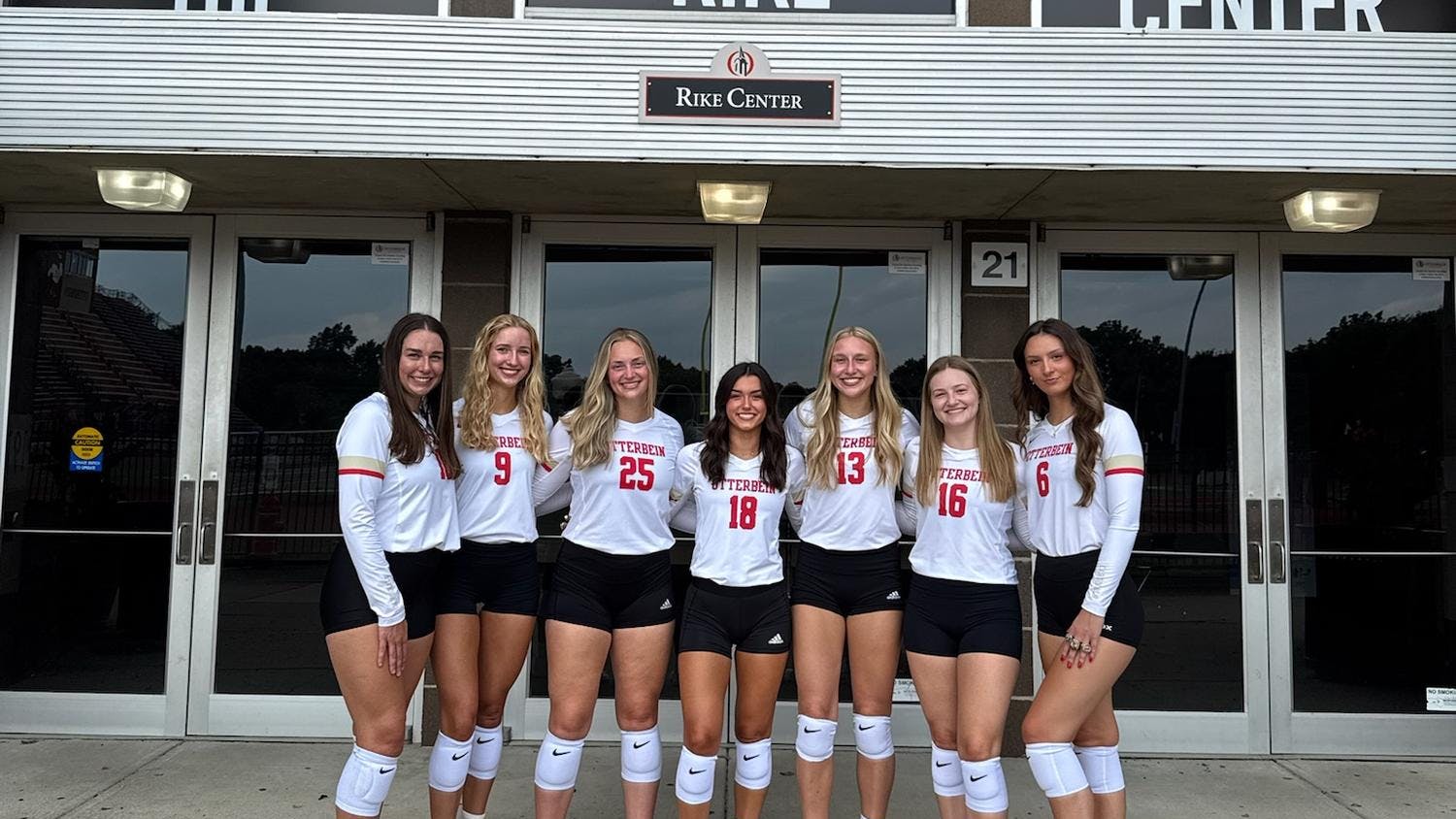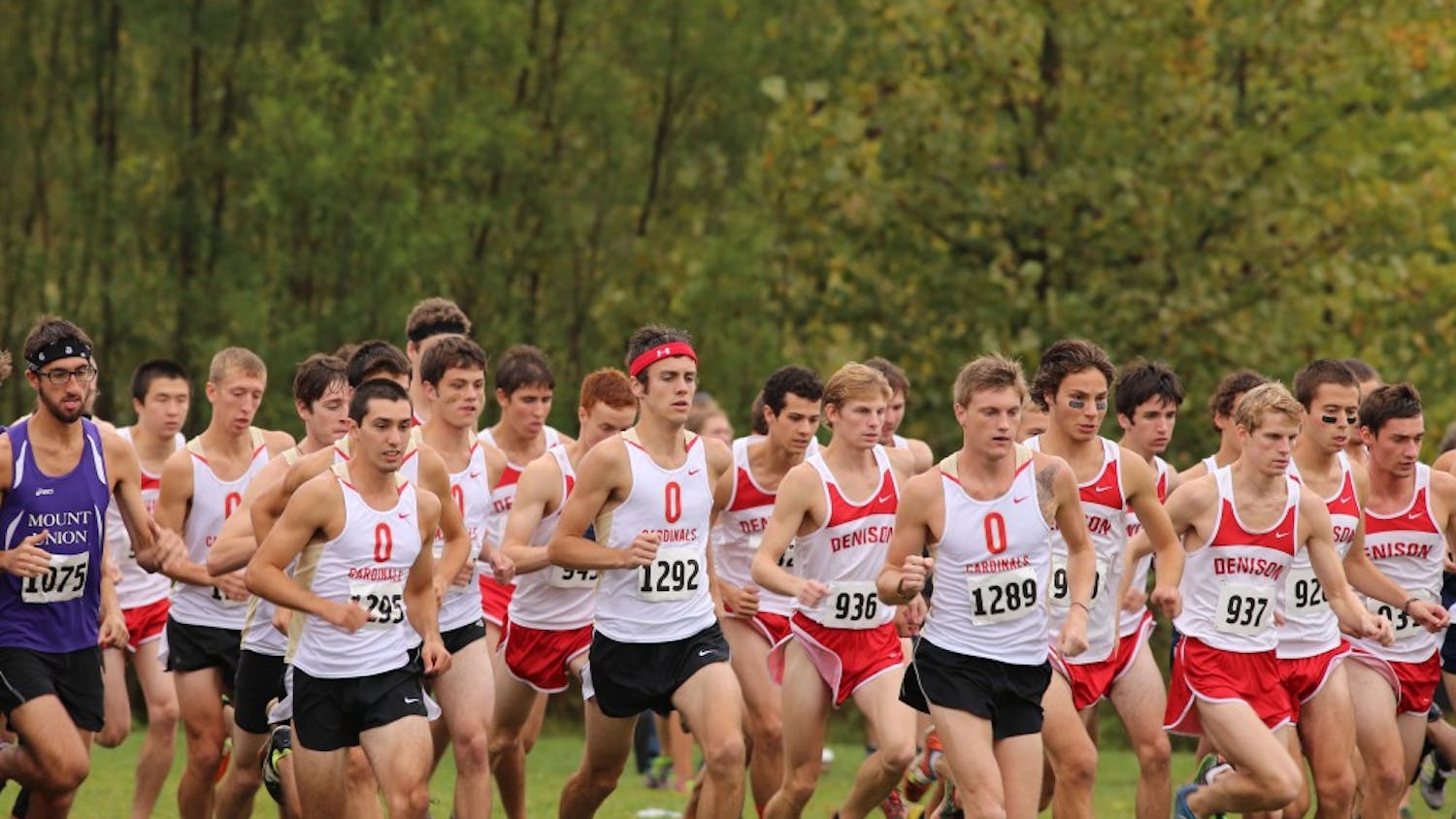None of the 170+ varsity esports programs in the National Association of Collegiate Esports (NACE), which provides over $16 million in esports scholarships and aid to 5,000+ student-athletes, look the same.
This is true on a smaller scale when you analyze the four esports programs at universities Otterbein competes against in traditional sports in the Ohio Athletic Conference (OAC): Marietta College, University of Mount Union, Muskingum University and Ohio Northern University. All four helped found the Great Lakes Esports Conference (GLEC) in 2019.
I want to state my credibility and two important notes before you learn what some varsity esports programs look like now. As you may have guessed, I am a college student with experience working in esports. Before coming to Otterbein, I practiced my intended field of study for esports organizations and publications. I also competed in high school esports tournaments and toured at Tiffin University, another GLEC member, as a prospective esports member.
Like their OAC esports counterparts, Marietta College’s esports program fields a roster in multiplayer online battle arena (MOBA) League of Legends (LoL), hero shooter Overwatch (OW), and vehicular soccer game Rocket League (RL) for GLEC play. Although they do not field a team in PC shooter Counter Strike: Global Offensive (CS:GO) for conference play, they do compete in battle royale titles Fortnite, PlayerUnknown’s Battlegrounds and tactical shooter Rainbow Six: Siege.
Since fall 2018, the Pioneers have practiced and competed in a 570-square-foot arena with 12 high-end gaming computers that is not yet available to all students. The program’s social media platforms post nothing more than basic match updates and their match streams feature very amateur casting.
Mount Union also does not compete in CS:GO in the GLEC. The Purple Raiders have less information on their facility, but their program’s social media has graphics and not just stream links. In my brief viewing, their Overwatch casters seemed better than the ones at Marietta.
The Fighting Muskies of Muskingum University are the only varsity esports program in the OAC to field a CS:GO roster. Unlike the two previous programs, Muskingum has an updated esports schedule listed on their website. Their broadcasts also feature a camera on their team.
From the outside looking in, Ohio Northern University (ONU) seems like the best OAC collegiate esports programs. In the fall season, ONU’s LoL and OW teams combined for an 18-1 record. The Polar Bears finished first in LoL and second in OW. Like Muskingum, they have brief, but lacking, game recaps of notable matches. Their esports broadcasts are unique in that they have a camera on the casters.
ONU’s esports head coach, Troy Chiefari, has said his goal is “to establish a more responsible avenue for young adults to pursue esports while also obtaining a college degree for when their competitive playing days end.”
The GLEC seems to be nothing more than a Twitter account. The conference has expanded beyond their founding members, but there is no announcement of the expansion because it lacks a website. Without a website, there is no public information available. If the members operate it, they need to take that work seriously for their own good. Its existence still contributes to the reputation of its member programs.
I want to stress the importance of spelling the discipline correctly before I lay out what I wish collegiate esports programs will look like in the future. There used to be a debate around the spelling of “esports,” but that passed when the Associated Press (AP) added it to its 2017 Stylebook.
AP declared “esports” the acceptable spelling and told readers to “use alternate forms like eSports or e-sports only if part of a formal name, like an organization or arena” and “capitalize at the start of sentences.” To me, new organizations using alternate spellings look out of touch.
The OAC programs I analyzed above were inconsistent in their spelling of the discipline they were all “excited” to bring to their university.
(Speaking of debates around esports, I believe esports is more of a sport than a game like chess because there is a mechanical component. )
Going back to the OAC programs and the GLEC, what bothers me as a public relations and journalism double major is the lacking publicity by the schools’ sports information departments.
I know part of the issue is that esports programs are “side projects” at these small institutions, but more publicity would show members of the program that they are being taken seriously by their schools. Some esports industry veterans are questioning the value of the collegiate scene and saying it is nothing more than a desperation enrollment booster; more publicity would help the schools’ reputation with that audience as well.
What does this extra publicity look like? Varsity esports programs need to do what traditional esports organizations (and sports information departments) do. Post clips from matches, interviews of players, and game recaps. Treat the esports program more like a varsity sport and less like a club if you are going to invest money into them to boost enrollment.
At the end of the day, increased enrollment is the end goal of every collegiate esports program. Based on my observation of the rosters listed above, most esports student-athletes are male. If you are a liberal arts college struggling to attract male students, an esports program may help.
Otterbein has tried to increase male enrollment with the 2015 rebirth of the wrestling program and the addition of The Point’s STEM majors, so why not esports as well?
According to Otterbein Sports Information Director Adam Prescott, the university has not considered esports since no one has shown interest.
“Certain schools add certain things to help with enrollment,” Prescott said. “We conduct surveys, with high school athletes around the community and our student-athletes here, on sports they would like to see next.”
Wrestling was a popular response on these surveys before returning to Otterbein.
The popularity of esports in the OAC is not meaningless, though. In fact, Prescott said the esports club team at Heidelberg University, another OAC school, is working well.
“When certain schools in the conference add things, it sparks interest,” Prescott said. “It’s one thing to add a sport, there’s another thing to have a schedule and competition.”
An example of this interest spark is the fact that all 10 OAC schools have lacrosse 12 years after Otterbein was the first to add it in 2008. If the lacrosse timeline is any indication, will Otterbein have a varsity esports program 12 years after Marietta in 2030? We shall see.
Fact checked by: James Lasher
Edited by: James Lasher and Katie Frame







